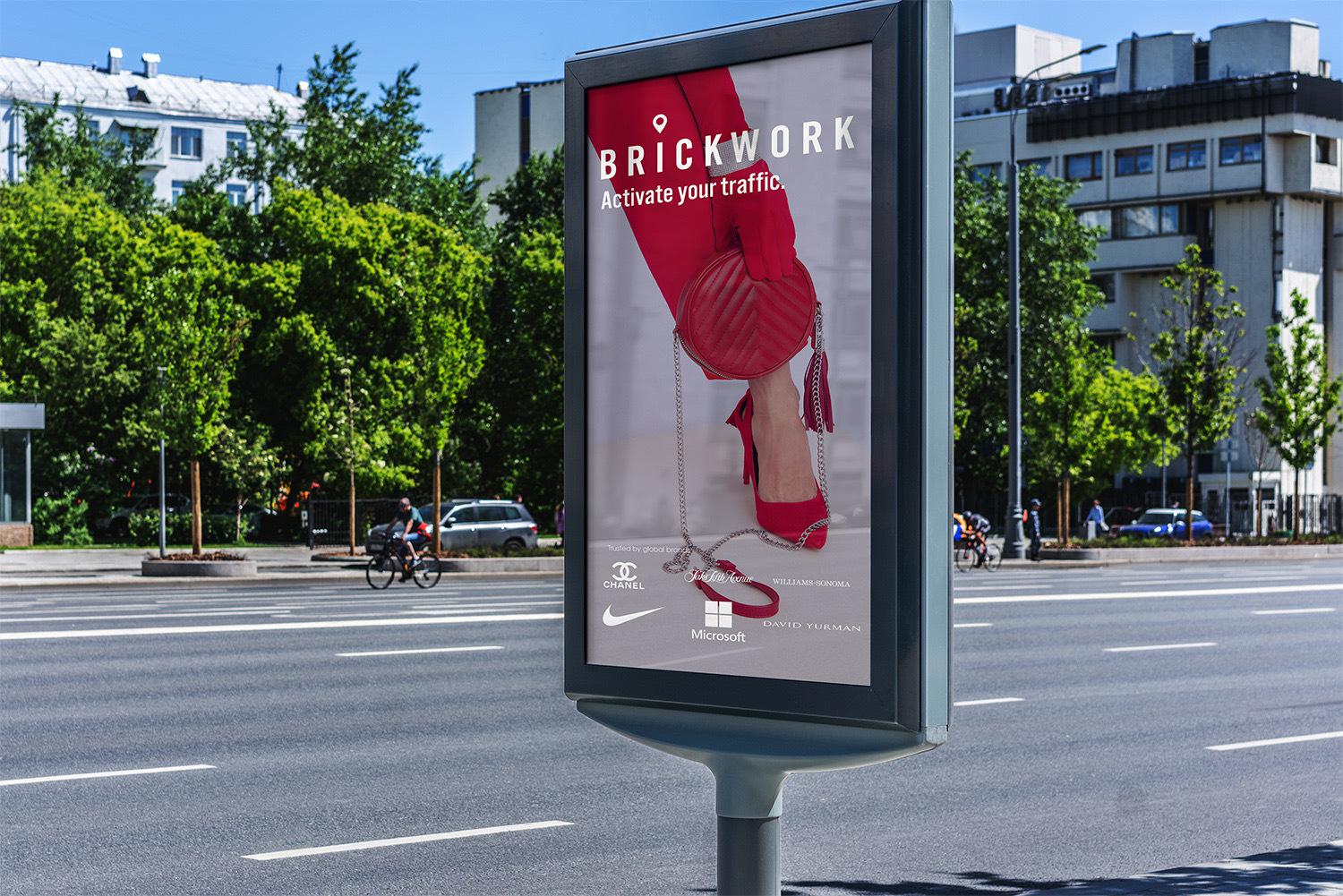What is a transactional local search?
Transactional local search is when a consumer searches for a local product or service with the intent to complete a transaction, purchase, or order.
For example with searches such as: ‘Nike Air Max Seattle’ or ‘Pizza delivery Phoenix,’ the assumption is that the consumer is highly likely to purchase or order, and should not be neglected when optimizing a local experience.
What is Google Doing?
Google is testing out new features related to online ordering and product search. You may have been presented with these ‘pack’ listings. Google continues to thrust its weight in local search by providing the consumer with as much ‘intent data,’ via the local pack also referred to as the brand pack; and there lays the opportunity for brands - optimizing the local experience. Seeing this play out in real time looks like:
1. User searches “Pressed Juicery” and is presented with “order pickup” and “order delivery” options
2. User selects products and clicks “checkout” button
3. User completes checkout with minimal input (Google auto completes address’, payment information, etc.)
4. User receives delivery, completing an intuitive, seamless process
Google is essentially initiating a process to streamline the steps and user inputs needed to be taken to initiate and complete a transaction.
This use of the pack to facilitate and drive local ecommerce is the future of local search.
With Google expanding on their Local Pack listings, a brand has only two solutions: (1) provide the relevant data to Google and (2) optimize the local experience for the transactional local search. Local experience should include:
-
- store page, store finder
-
- a specific call to action
-
- a dedicated promo landing page section
-
- flexibility for integrations (i.e. products, reviews etc.)
What’s Needed to Structure the Ultimate Local Experience
Let’s start with the basics using “Nike Air Max Seattle,’ as an example. We already know the consumers location, so one of the first ‘local experience’ elements they (consumer) should be served is a dedicated store page with the identifying brand and location text or imagery (i.e. Seattle Niketown in the heart of Downtown and/ or the picture of the actual store example)
Since we know the location, and the next part of the users search which was ‘Air Max sneakers,’ we know they should be presented with an accurate inventory of what is available at the specific location. If those shoes are not available the store page should surface the nearest stores that have those particular shoes in stock right now.
Depending on the level of the intent, the consumer could be ready to purchase and those added calls to action of: buy now pick up in store, have delivered via mail, or a third option which would be to partner with leading delivery service(s) Postmates, Uber, Lyft for delivery same day-- this idea has not played out yet, but should be considered on the future road map of a brand. The incentive could be to spend $75 or more and we (brand) will deliver free of charge.
Lastly, driving local loyalty through event management and 1 on 1 appointment scheduling can be added to the store page.
Optimizing the Local Experience can be streamlined so the consumer has the right experience based on the intent with defaults pre-set to minimize typing, checkout and payment made totally painless. While many brands have not rolled out this type of end to end solution, Brickwork is ready now.
Disclosure: Nike is currently deployed with Brickwork.
